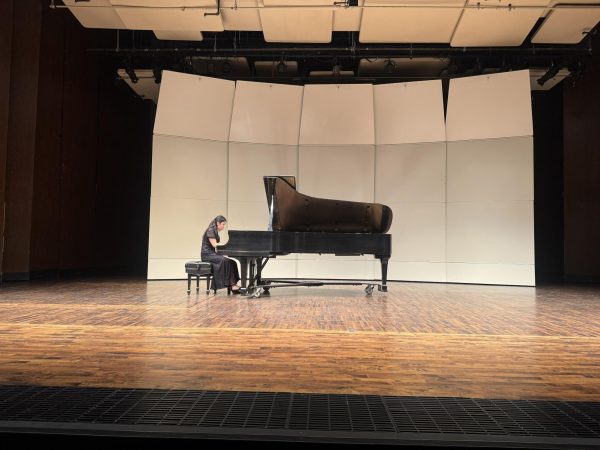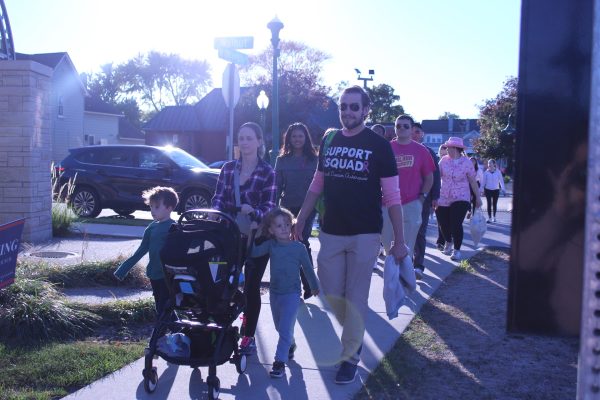Free speech vs. discrimination: Sexual harassment polices in college settings
When it comes to speaking about sensitive topics, it can sometimes be tricky to differentiate between what constitutes free speech and discrimination, especially in a college setting where adult students are often encouraged or even required to participate in open classroom discussion.
Since the uprising of the #MeToo movement, a conversation spurring on a trend of awareness and recognition of ongoing issues of abuse of power and instances of sexual harassment and assault, walking the line between free speech and discrimination is not as easily tolerated.
Oakland University Lecturer Cameron Evans, Esq., pointed out that while there may be gray areas in the college setting, any student, faculty member or professor with a reputation for consistently being in that area would not be as accepted as in the past.
The First Amendment guarantees a citizen freedom of expression. The Office of Civil Rights (OCR) of the U.S. Department of Education, which enforces civil rights in the nation’s schools in order to achieve educational access for all, mandates policies that potentially could lead to strife and confusion to the ability to speak freely in the classroom. One such policy is Title IX.
“Title IX is a federal law,” said Chad Martinez, director of diversity, equity, and inclusion and Title IX coordinator at Oakland University. “It prohibits discrimination based on sex in any educational program that receives federal assistance.”
Title IX has been interpreted to include sexual harassment and assault, according to Martinez.
For instance, in September 2019, Professor Gopal Balakrishnan of University of California – Santa Cruz was fired after a months-long investigation into a history of breaking the school’s sexual harassment policies. The school’s Title IX office conducted the investigation and, although it officially began in 2017, there were at least three other complaints filed prior against Balakrishnan.
OU does have training programs in place in order to maintain a “safe and supportive social and learning environment,” as noted by OU’s website.
Faculty and staff are strongly encouraged — although, not required — to complete sexual harassment and sexual assault awareness and prevention training as required by the Violence Against Women Reauthorization Act of 2013 (“VAWA”), Martinez said. The Campus Sexual Violence Elimination Act (SaVE Act) requires students to also be trained in the area.
Lecturer Susan Evans, Esq., said universities like OU have policies in place for students that are clear and explain how to come forward with allegations.
The procedure to come forth with an allegation against a student by a student would be dealt with through the Office of the Dean of Students.
If a complaint is made against a professor, the accuser would be asked to describe the complaint in writing, and the professor would be notified. Then, an investigation would begin by talking to other witnesses and looking at whatever documentation is available. A decision would be therefore by made based on preponderance of evidence.
If evidence is found supporting the claim and there is a violation of policy, it would be submitted to the Office of the Provost to decide how to address the behavior and review sanctions.
While the ability to express one’s opinion — in and out of the classroom — is an imperative right of the Constitution, the last few years have created a turning point for society in regulating harmful conduct.
“[The #MeToo Movement] made people aware of inappropriate behaviors and the avenues available to address it,” Martinez said. “I think the more people speak up, it encourages others to report as well.”
Further information on OU’s policies and available resources can be found on the Dean of Students webpage on the OU website.




